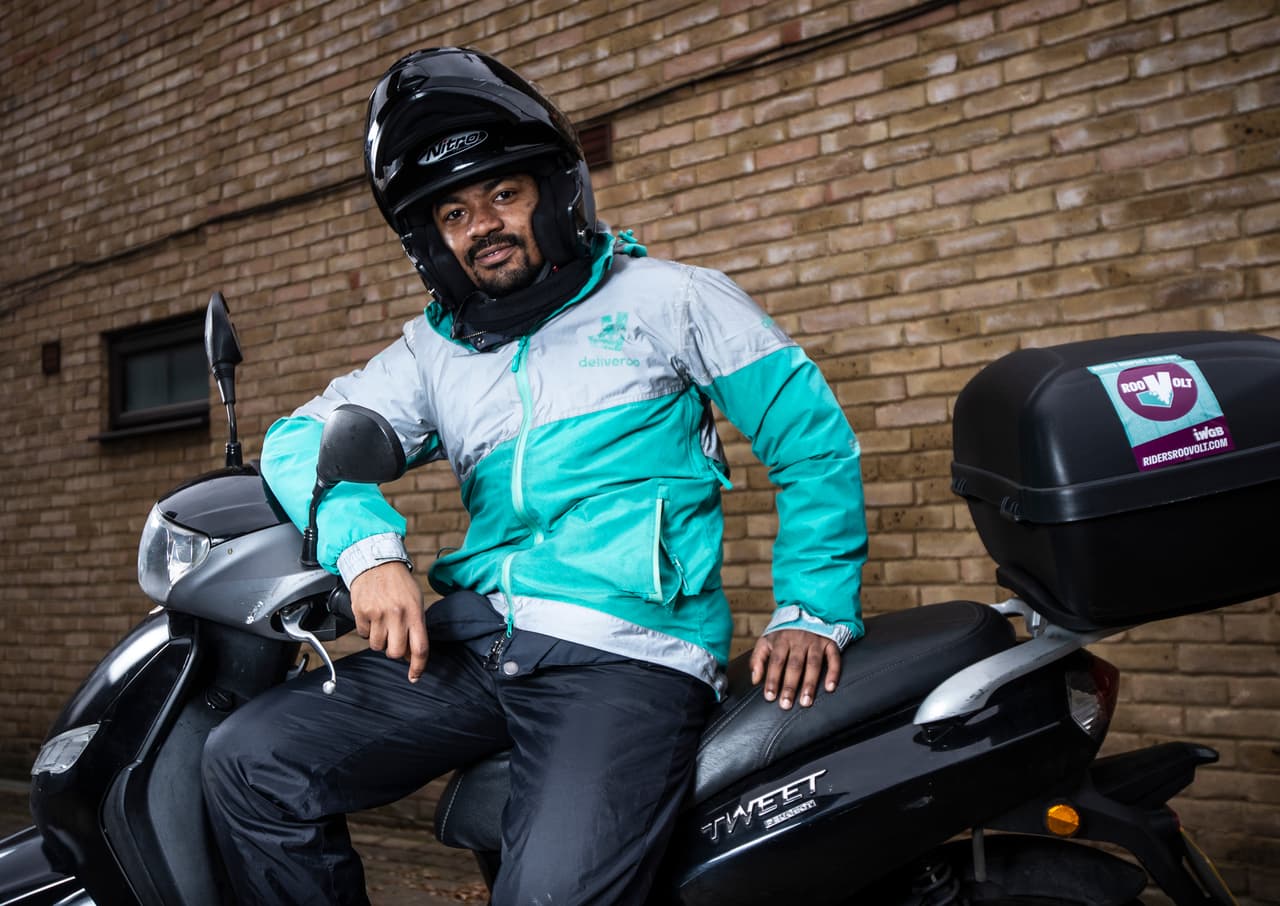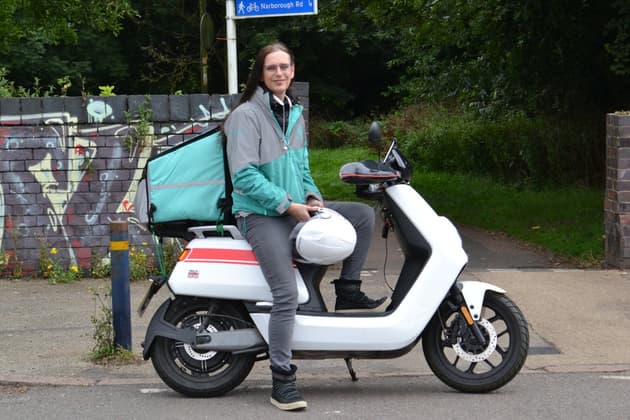
Do headlines equal impact?
Since time immemorial, journalists have measured the success of their stories by how many eyeballs they reach. Making the front page splash or leading the prime time evening news bulletin is the ultimate outcome. For commercial outlets, the amount of attention a story is likely to generate is the foremost gauge when deciding whether to run it and the resources warranted. The best story is one that everyone has seen.
Unsurprisingly, reporters and editors have traditionally used the same framework when thinking about the impact of journalism. The terms “impact” and “reach” have been used interchangeably. “How much impact did this story have?” has been equated to “How many people saw it?”
But if your investigation is read by 10 million people and those 10 million people do nothing, did it really make a difference?
The answer may very well be yes, if those 10 million people are directly affected by the story, or if there is a lack of public understanding of the issue in question. But blindly assuming your reporting was impactful because millions saw it is short-sighted and nonstrategic – and that’s why the Bureau thinks differently about reach.
Exposure will always be hugely important, but it is not impactful in and of itself. What the Bureau is interested in is what that exposure can activate. Extensive reach and engagement play a key role in raising awareness of an issue and increasing understanding of a particular experience or community, which are crucial to changing societal attitudes over time.
In the more immediate term, widespread reach can spark a critical conversation or galvanise outrage that provokes change from those at the top – particularly when the headlines or the “going viral” happens at the right moment, or in a particularly renowned outlet.
All of this is tangible impact – albeit difficult to measure. Indeed, the “agenda-setting” ability of mass media performs a role in social change that NGOs, thinktanks and other civil society players often cannot.
However – and this is the important bit – the concrete impact that reach can achieve will be far greater if you think strategically from the start about who specifically your reporting needs to be in front of, why and how. Who is affected by this story, who could benefit from the information, who should be paying attention? In what format and at what time do they need to get the information to be able to use it, or for it to set the agenda? How can the journalism be most useful – is it by raising awareness, or is it by delivering key evidence to a select group of people?
 The Bureau's investigation revealed that Deliveroo riders like Ruth Moreton can earn as little as £2 an hour
The Mirror
The Bureau's investigation revealed that Deliveroo riders like Ruth Moreton can earn as little as £2 an hour
The Mirror
The answers to these questions form the basis of the Bureau’s publishing and outreach strategy. We aim to publish our major global investigations with leading international news organisations for worldwide reach and with local language outlets in the countries on which our reporting focuses. We also look to publish with specialist and niche platforms read by specific target audiences: those directly affected by our story or those who have the potential to drive change.
We take a similar approach with our UK investigations, partnering with regional and specialist publications and community organisations across the country, through our Bureau Local network.
Then, on top of all the publishing partnerships for any given story, we think creatively about how to reach and engage other key audiences that may not be served by those platforms, or who could be served even better in a more direct way. This type of engagement takes all sorts of different forms, from community events and collaborations with grassroots organisations, charities and lawyers to in-person briefings with politicians, industry leaders and other stakeholders. We have produced a theatre show to accompany one of our investigations and we recently collaborated with interactive artists Coney on a recent story about deaths of people receiving home care.
Our March investigation on the low pay of Deliveroo riders is an excellent example of large-scale and targeted reach coming together to generate massive impact. The article was shared with a vast UK audience through our collaboration with ITV News and the Mirror. And it had phenomenal international exposure thanks to a combination of factors: pick up from the Mirror and ITV; a press release that we sent out widely, and the timing of our story, which we scheduled to come out just before Deliveroo’s much-anticipated flotation on the London Stock Exchange.
Beyond aiming for mass reach, we also wanted to spark a conversation about gig economy pay and conditions within the financial sector, knowing that Deliveroo’s flotation created a unique opportunity for attention on this issue. We sent a tailored press release to specialist financial, retail, tech and food outlets, which resulted in significant coverage in the Financial Times and dozens of investment and B2B publications.
And in an example of highly targeted reach, we also sent our findings to England footballer Marcus Rashford, whose anti-child food poverty task force had partnered with Deliveroo.
In terms of what went on to happen, you can see how the whole strategy came together. Six major fund managers said they would not invest in the stock market float because of concerns about workers’ rights. Our reporting and the issue of workers’ pay became part of the conversation across the world about the initial public offering. Multiple MPs made statements calling for change. And Rashford pledged to follow up on our findings with Deliveroo executives.
When you are gathering evidence and telling stories that can play a key role in driving change, simply reaching people is not good enough. Those findings and stories will do so much more good if they reach the right people in the right way. Aim for headlines, sure – but be clear about why you want those headlines and what they can achieve. If you want your journalism to achieve more, a little strategic thinking can go a very long way.
Exposing systemic failings through investigative journalism isn’t a quick fix. It takes time to uncover the evidence. It takes time to get people to notice. But when we take that time, we can get results. Help us do more
Support the Bureau todayHeader image: Ian Morrison, a Deliveroo rider, from London. Credit: The Mirror




